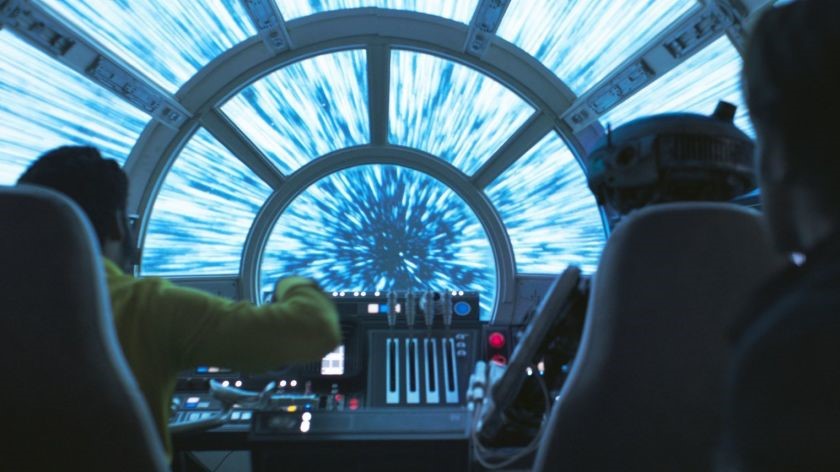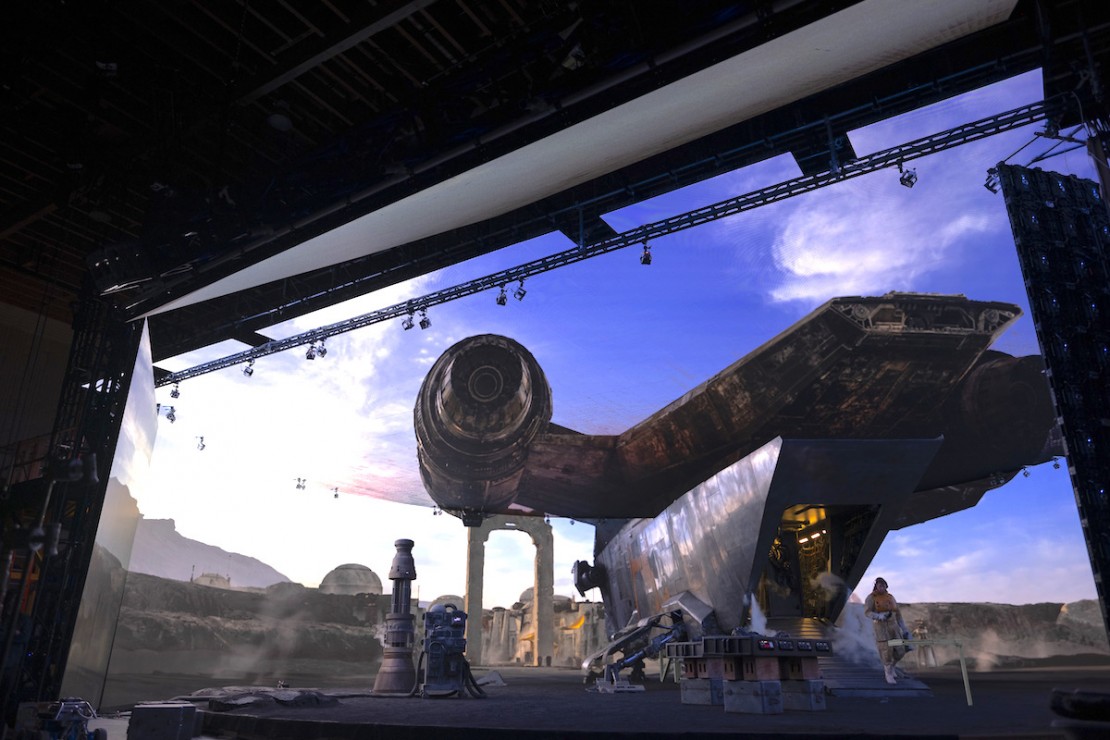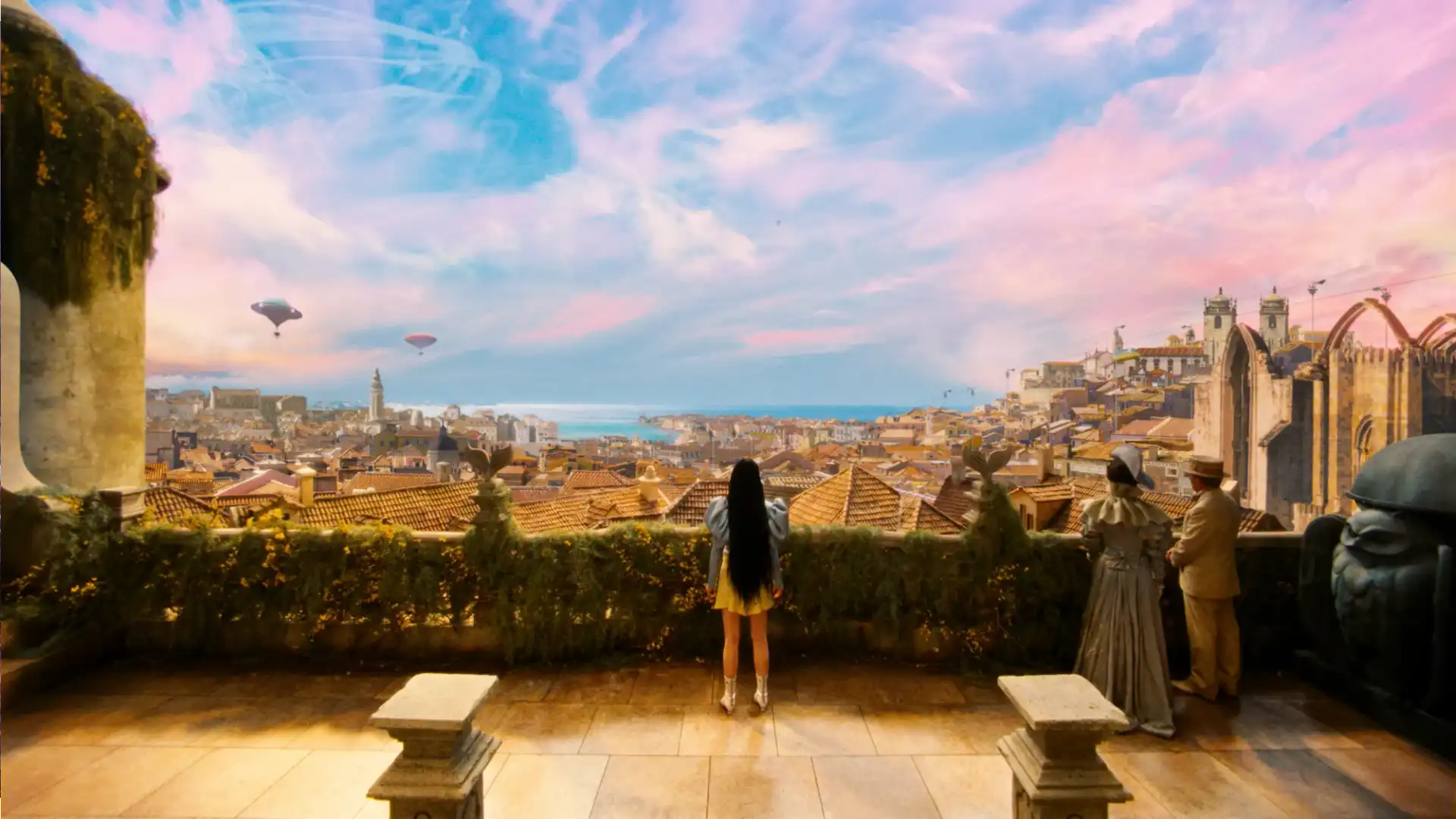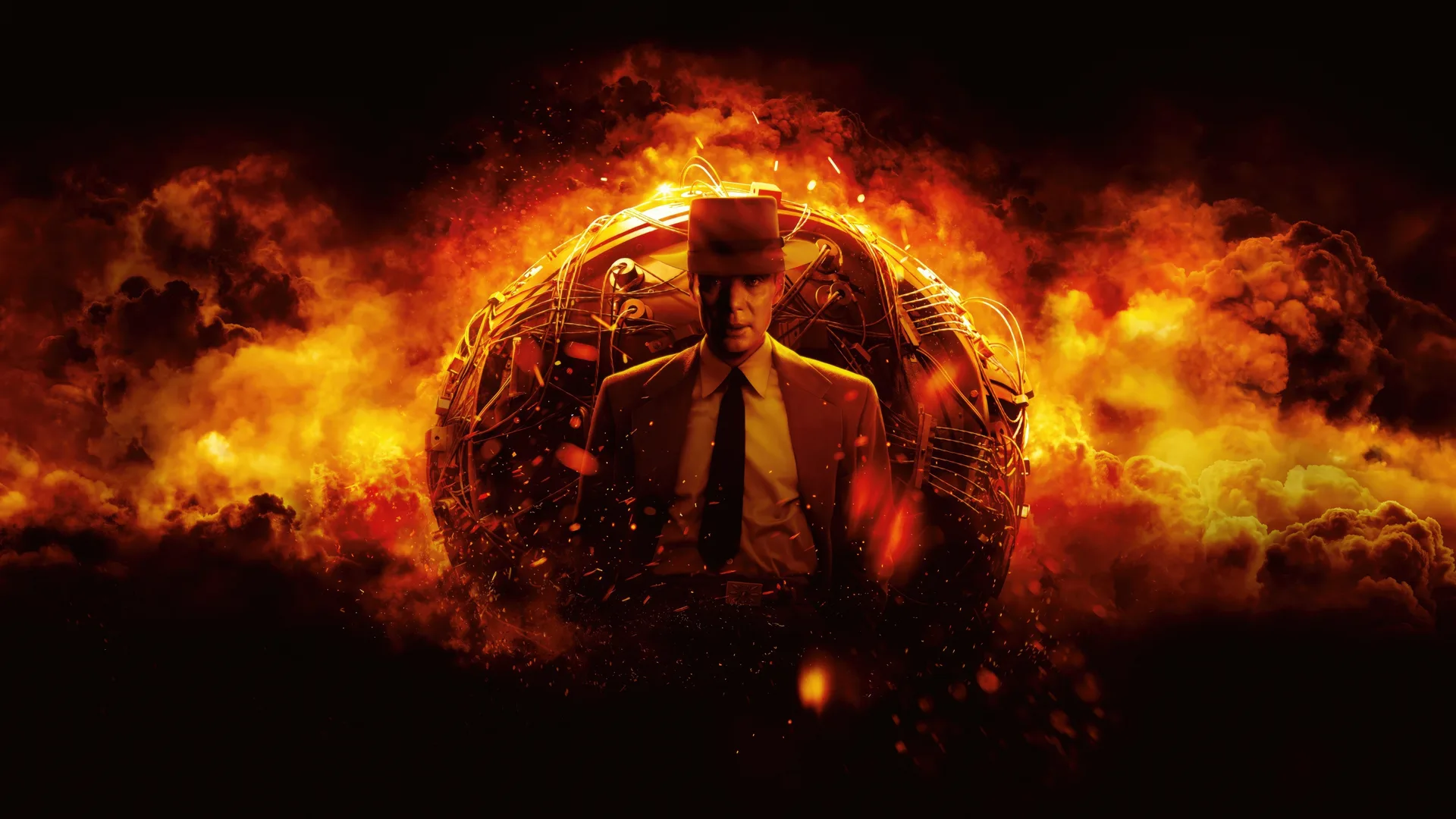What Is A Game Engine?
Game engines, as the name implies, are the driving force behind almost everything that goes inside a video game. They are responsible for taking care of everything from visual things like lighting and graphics to logical things like the laws of physics. For example, when you drop a stone into a lake in a game scene, the game engine takes care of how the stone should move through the water, how the waves on the water surface should look, how light should reflect from the water, what sound should that interaction make and many other things! This makes game engines very complicated and fascinating pieces of software that are capable of creating almost everything a person can imagine from small interaction in a room to massively complicated and dense worlds and even universes! So the main purpose of game engines is to make the work of game developers a lot easier and the process of game development much faster. But when you have such a powerful tool people will start to see that the potentials are beyond the realm of game creation!
Using Game Engines In Film Production
As you probably know, the traditional way of shooting scenes that involve a lot of visual effects is doing the shots in front of a green screen and then add the effects and backgrounds later on in post-production. Of course, this method works great and has been for ages, but the downside is that many things are left to the imagination of actors, camera operators, set designers, the director, pretty much everybody involved. But game engines have the power to change that drastically.
Since game engines have the power to render visuals in real-time, they are a perfect tool to use in the production process. For example, for the movie “Solo”, Lucasfilm’s Industrial Light & Magic team used laser projectors to project the hyperdrive animation of the Millennium Falcon in real-time. The biggest benefit of doing so is that now the actors and director can see the effect and the feel of it in real-time and right in front of them so the actors’ reaction to it looks much more realistic and also the director has a better understanding of how the scene will end up looking before even starting the post-production process.

The latest cool example which is making headline left and right is the Mandalorian, yes another Star Wars universe production. Luca Arts has always been at the forefront of using cool technologies and turning them mainstream in the film industry. What they did for Mandalorian was an evolution that started from the Solo: A Star Wars Story. Instead of a small OLED panel in front of the Millenium Falcon, they went for a huge stage made from screens that were projecting the “Set” live using the power of the Unreal Engine.

Using Game Engines In Animated Movies
I gotta admit, the first thing that came to my mind when I first heard about the use of game engines in filmmaking was making animated movies. I mean, when you think about it, the only thing that makes a video game and an animated movie different is the level of interaction. In a video game, you are the one who makes the decisions, the one who interacts with the world and people to move the story forward, to an extent that in many modern video games the conclusion of the game is dependant on your decisions, while in an animated movie everything is already decided for the viewer and the ending is already set. But besides that, everything else is the same process world-building, character development, storytelling, etc.




